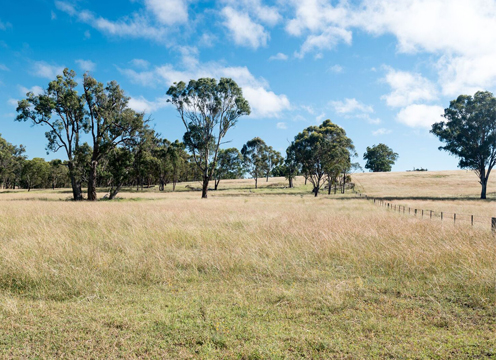SMART Farms Pasture Monitoring
The UNE SMART Farms understand the importance of good grazing management for productive and healthy pastures. Pastures are readily degraded by grazing them below certain thresholds. It lowers pasture production and when repeated over time leads to loss of desired pasture species which are preferentially grazed. Additionally, ground cover levels below 100% expose the soil to the risk of erosion and allow opportunity for weeds to establish and good grazing management is used to avoid this risk.
On the other end of the spectrum, grazing management is also important for maintaining the pasture biomass below thresholds to maintain feed quality and limit seed production. Maintaining pasture biomass above minimum and below maximum thresholds helps to maximise pasture growth rates, extend the active growing season of pasture species, and ensure that ideal pasture utilisation is achieved for pasture and animal production and environmental benefits.

The UNE SMART Farms consist of pastures typical on the New England Region of NSW, dominated with native and improved naturalised pastures. We are also engaging with PGG Wrightson Seeds to develop some of our land with better capability into high performance pasture.
To enable us to manage our pastures well, we need to measure them. We aim to perform pasture sampling monthly, including performing destructive sampling to ascertain pasture biomass and other factors such as greenness. We generate calibrations and apply those calibrations to satellite imagery at the paddock level for a whole of farm overview. Satellite based sensors respond to the actively growing portion of pasture biomass, luckily the same portion of the pasture system that drives production and gives us an indication of the health of our system, hence we generate an estimate of green dry matter (GDM).
Our GDM estimates can be observed on our pasture app. Use the map below to ascertain paddock names.

